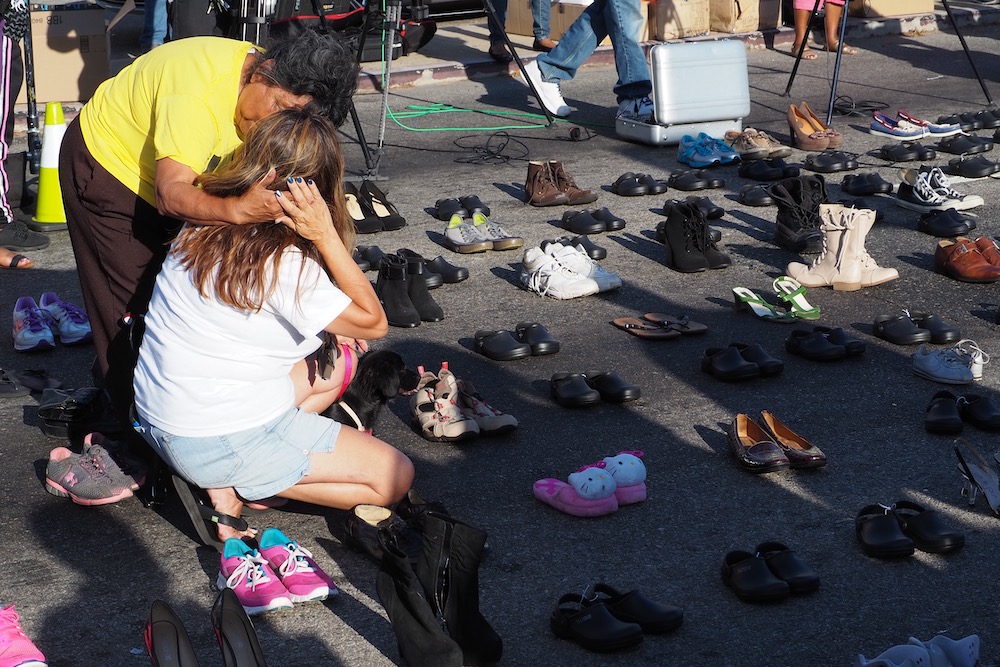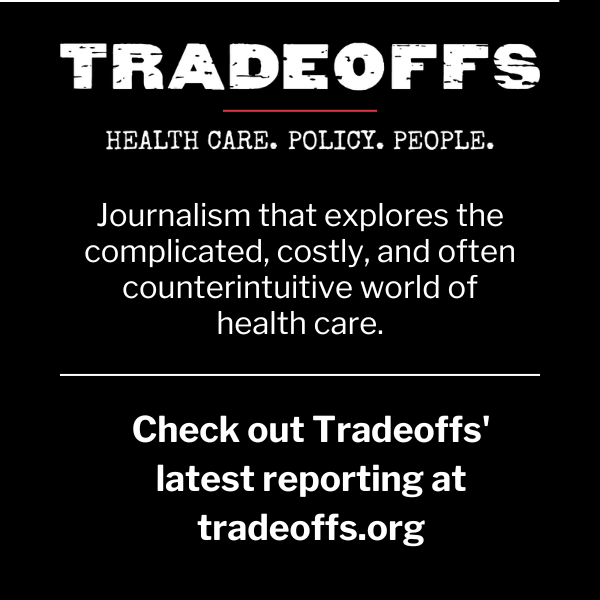Firearm violence is a complex problem that devastates families and communities — tens of thousands of people are killed or injured in a shooting every year across the country. In 2021, the U.S. surpassed 48,000 deaths from firearm injuries, the worst year on record.
A shooting is not only devastating for victims and their loved ones; the trauma reverberates throughout the community, heightens the risk of more violence and costs local, state and federal governments billions of dollars.
While firearm violence is a complicated problem without easy solutions, effective prevention methods are rooted in public health, which requires a deeper understanding of how a person’s quality of life puts them at a lesser or greater risk of being involved in a shooting or dying by suicide. But despite that, firearm violence continues to largely be covered as a violent crime problem rather than a public health and policy crisis.
An important place to start with really understanding firearm violence is with its definition. Any conflict, injury or fatality involving a gun is firearm violence. That includes suicides, homicides, shooting injuries, accidental shootings, police shootings and domestic violence.
Gun violence also intersects with many other issues impacting communities, including their health. Health care journalists’ knowledge and expertise provide a needed perspective and framework for reporting on the topic, especially on the connections between violence and mental health, public health, trauma and access to adequate health care.
What to expect
With this page, I’m looking forward to encouraging reporters and editors to start covering firearm violence or to improve how they already approach the issue in their coverage.
This page will cover all facets of firearm violence and trauma and its connections to health — including sharing the latest in research, data, legislation and prevention methods while providing lessons learned from reporters on the gun violence beat, practical tips for better coverage and the key issues that intersect with gun violence and public health.
But in the beginning, I will be focusing on what exactly it means to cover gun violence as a public health issue.
That entails many considerations. It entails connecting the social determinants of health, such as poverty, housing, education, a community’s landscape and unemployment, to firearm violence. It also calls for an examination of prevention — the cornerstone of public health — and the effectiveness of various preventative strategies. It means relying on sources outside the police narrative, especially focusing on what community members who live with constant gun violence know and have to say.
This page will cover all of this more. I’m also excited to continue learning myself — there is always more to learn and ways I can improve and strengthen my own reporting on the issue. I’m willing to be challenged and opened to new perspectives.
Resources
Many more excellent resources will be highlighted on this page, but I’d like to start by sharing these six:
- The Philadelphia Center for Gun Violence Reporting was founded to explore the idea that better gun violence reporting can improve public understanding and support effective programs and policies to prevent shootings. A part of the Center’s mission is to determine whether changing the practice of news reporting can prevent gun violence. The Center provides tips for better reporting practices and supports research on how the news media can do better when covering gun violence.
- The Trace, a nonprofit news organization, was founded in 2015 and focuses entirely on firearm violence. It focuses on solutions and casts a skeptical eye on “easy answers.” Essential reading for anyone interested in reporting on this topic.
These three university-based organizations are great places to start when looking for current and historical research and data. The groups regularly produce and support research on gun violence, with a particular focus on public health and prevention.
- University of California Davis Violence Prevention Research Program focuses on research and policy development, particularly on firearm violence and the causes, consequences and prevention of violence. The program helped to develop the public health approach to violence in the 1980s and continues to apply that framework in their research. The program also explores the connection between violence, substance abuse and mental illness.
- Johns Hopkins Center for Gun Violence Solutions is the recent merger of two leading research institutions — the Johns Hopkins Center for Gun Violence Prevention and Policy and the Educational Fund to Stop Gun Violence. The collaboration brings together respected gun violence researchers and prevention advocates to examine and promote policies and programs to improve community safety.
- The University of Chicago Crime Lab partners with cities and communities to use data and research to design and implement effective programs for improving public safety and advance justice in communities long impacted by both violence and unjust criminal justice systems.
Lastly, here’s a great resource for reporting on trauma:
- The Dart Center for Journalism and Trauma has long been a go-to resource for reporters who cover traumatic events. Based at Columbia University, Dart has an exhaustive list of topics related to trauma, including the trauma caused by firearm violence. Its suicide topic page includes, for example, a “toolkit” for navigating this tricky but important subject.









